Read time: 4 minutes
Welcome to the Agile Admiral weekly newsletter. Your Essential Resource for Project Management Excellence.
Each week, I tackle reader questions about PMP preparation, how to implement PMP into real-life projects, and a Senior Project Manager career.
For more:
The Chaos Coordinator | The Project Habit You’re Probably Skipping |
PM without authority is just a punching bag with a calendar |
What's Inside This Edition:
Servant Leadership: Why It’s Not Soft?
Junior vs Senior Project Manager
How to Stop Overthinking?
Servant Leadership: Why It’s Not Soft?
How to Use It to Build High-Performing Teams
I recently had a fascinating conversation with an executive who was skeptical about the servant leadership management style. He worried that this style of management was too soft, too accommodating, and ultimately ineffective in driving results.
I get it. Servant leadership often receives a bad rap because some interpret it as simply being “nice,” saying yes to everything, or letting teams do as they please. But that perception misses the point entirely.
Servant leadership isn’t about passivity.
It’s a strategic, disciplined approach that fosters clarity, accountability, and resilience. It’s about creating an environment where people choose to do their best work—not because they’re micromanaged, but because they’re trusted, supported, and inspired.
Here’s how I explain servant leadership to the junior PMs I mentor—and why I believe it’s one of the most powerful tools you can use to build high-performing teams.
🎯 1. Clear Purpose First
What It Means:
Servant leaders don’t just “serve.” They articulate a compelling purpose that goes beyond tickets in a backlog. They help their teams understand why the work matters and how it connects to broader goals.
Pros:
✅ Builds intrinsic motivation
✅ Encourages ownership and alignment
✅ Reduces confusion during uncertainty
Cons:
❌ Requires continual reinforcement—vision can fade if not revisited
❌ Some team members may still default to task focus without coaching
Recommended Approach:
Make purpose a regular part of your communication. In sprint kickoffs, project updates, and retrospectives, connect outcomes to mission and customer impact. Use storytelling to make it resonate.
Best Fit:
Teams: Product development, innovation, and R&D teams
Industries: Fintech, SaaS, creative industries
Projects: Complex or exploratory initiatives where clarity of purpose anchors the work
🛠️ 2. Remove Friction Relentlessly
What It Means:
Servant leaders see themselves as problem-solvers. They identify obstacles—whether it’s process bottlenecks, unclear priorities, or organizational politics—and remove them so teams can focus on delivering value.
Pros:
✅ Increases velocity and throughput
✅ Builds trust (the team knows you have their back)
✅ Reduces stress and cognitive load
Cons:
❌ Can be time-consuming to address systemic blockers
❌ Risk of over-functioning (the leader doing too much “clean-up” themselves)
Recommended Approach:
Make it a habit to ask, “What’s slowing you down?” in 1:1s and team meetings. Prioritize removing friction over adding new processes. Empower teams to flag blockers early and often.
Best Fit:
Teams: Agile delivery squads, cross-functional product teams
Industries: Tech, financial services, healthcare (where compliance or dependencies create friction)
Projects: Fast-paced sprints, launch-critical deliverables
💬 3. Grow People, Not Just Output
What It Means:
Servant leaders recognize that sustainable high performance comes from skill growth and psychological safety. They use every interaction as a coaching opportunity, not just a status update.
Pros:
✅ Develops future leaders and problem-solvers
✅ Increases engagement and retention
✅ Builds a culture of continuous learning
Cons:
❌ Takes time and patience
❌ May feel slower in the short term compared to task-focused management
Recommended Approach:
Shift 1:1s from status reviews to coaching conversations. Discuss goals, aspirations, and feedback on a regular basis. Celebrate progress as much as results.
Best Fit:
Teams: Growing teams, junior-heavy teams, and distributed teams needing trust
Industries: Consulting, education, technology
Projects: Long-running programs, transformation efforts
🌱 4. Model the Behaviour You Expect
What It Means:
Culture starts at the top. Servant leaders embody respect, curiosity, and a commitment to accountability. They don’t just tell people what the values are—they show them, every day.
Pros:
✅ Sets a clear tone for team dynamics
✅ Encourages psychological safety and openness
✅ Creates consistency between words and actions
Cons:
❌ Requires self-awareness and discipline
❌ Teams will notice quickly if leaders don’t “walk the talk”
Recommended Approach:
Be transparent about your own learning and growth. Own mistakes publicly. Demonstrate how you strike a balance between delivering pressure and showing empathy.
Best Fit:
Teams: Any team—modelling is universal
Industries: All industries benefit, but especially high-change environments
Projects: Programs where alignment and trust are critical (e.g., digital transformation)
Conclusion
🧩 Putting It All Together: The Strategic Case for Servant Leadership
Servant leadership is not soft. It’s strategic.
When done well, it:
Amplifies clarity and purpose
Accelerates delivery by removing friction
Develops people who can own outcomes independently
Builds cultures where trust and accountability thrive
This approach is particularly effective in:
Agile product teams that need autonomy and alignment
Innovation projects, where experimentation demands psychological safety
Distributed or hybrid teams, where visibility and connection can fade
High-growth companies that want to scale culture alongside results
💡 Bottom Line:
Servant leadership isn’t about letting people do whatever they want.
It’s about helping them do what matters most—better, faster, and with purpose.
If you’re a junior PM, team lead, or executive looking to learn how to apply these principles in building a high-performing team, let’s connect.
I mentor leaders ready to move from intention to action → Bashar Nammari
Join the PMP prep community/Meetings every Friday/Until you pass PMP :-)
Junior vs Senior Project Manager
The difference?
→ It’s not tools.
→ It’s not experience.
→ It’s not certifications.
→ It’s how they think when no one’s watching.
Here’s what separates a junior from a senior PM:
→ One chases sign-offs. The other creates buy-in.
→ One tightens the schedule. The other reprioritizes.
→ One manages tasks. The other leads people.
→ One loses sleep over deadlines. The other? Alignment and impact.
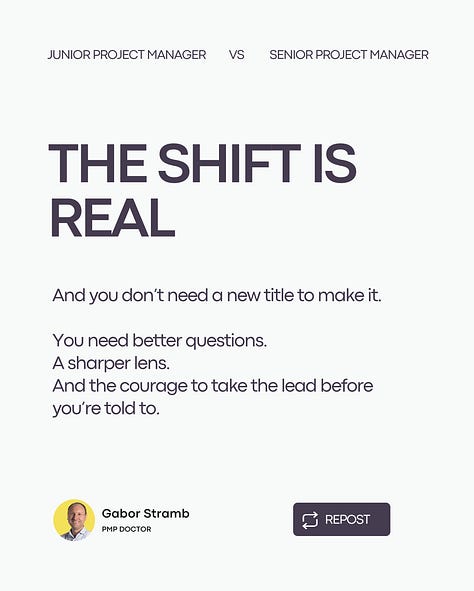


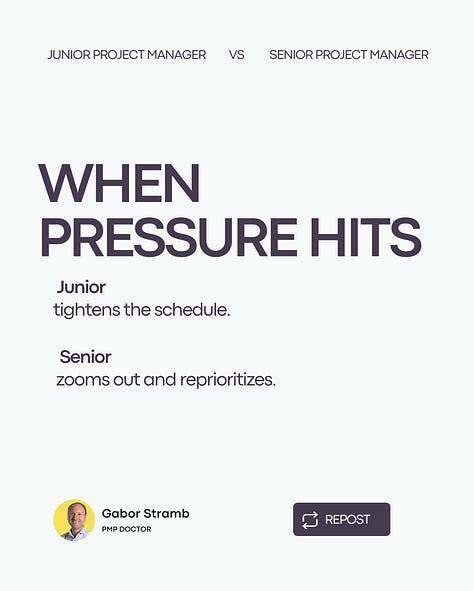

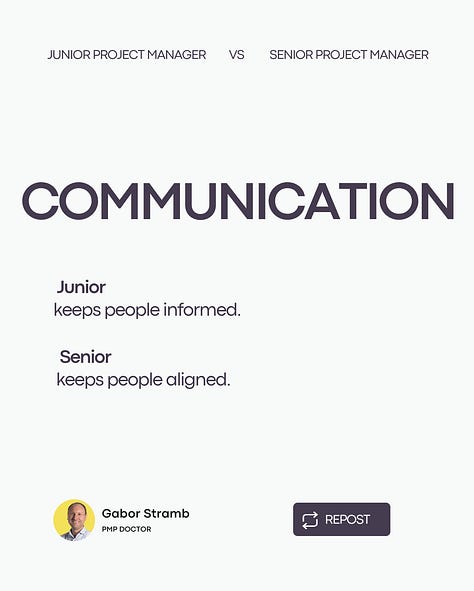
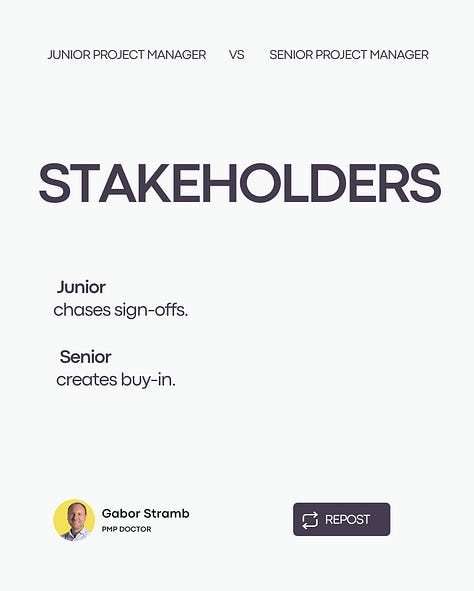
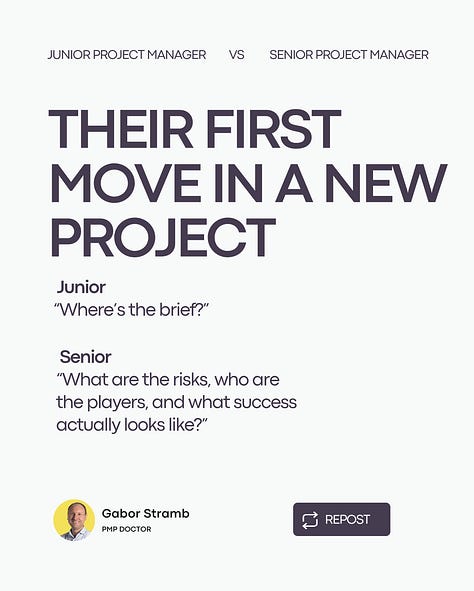
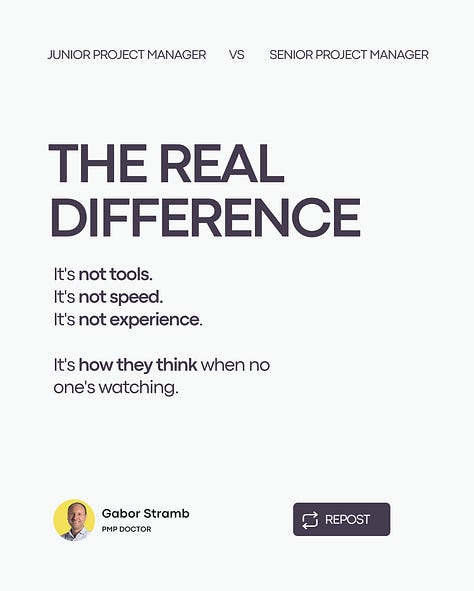
How to Stop Overthinking
This is a trap we all fall into:
We think we need more information to solve our problems, when all we really need is more action.
We've become conditioned to get our dopamine from information gathering.
But you see, dopamine from information gathering is a dangerous drug. It convinces you that information alone is enough. That it's sufficient. That it's all you need.
I steal this from Sahil Bloom
Let's win together,
Follow me on LinkedIn | YouTube | Instagram
Truth bombs: You can pass PMP in 8 weeks, I’m happy to show you “how”. When you’re ready, follow the links below:
👉🏼Do it together - join the PMP Operation System
👉🏼Do it 1-on-1 - join 8-week coaching program
https://gaborstramb.com/special-offer


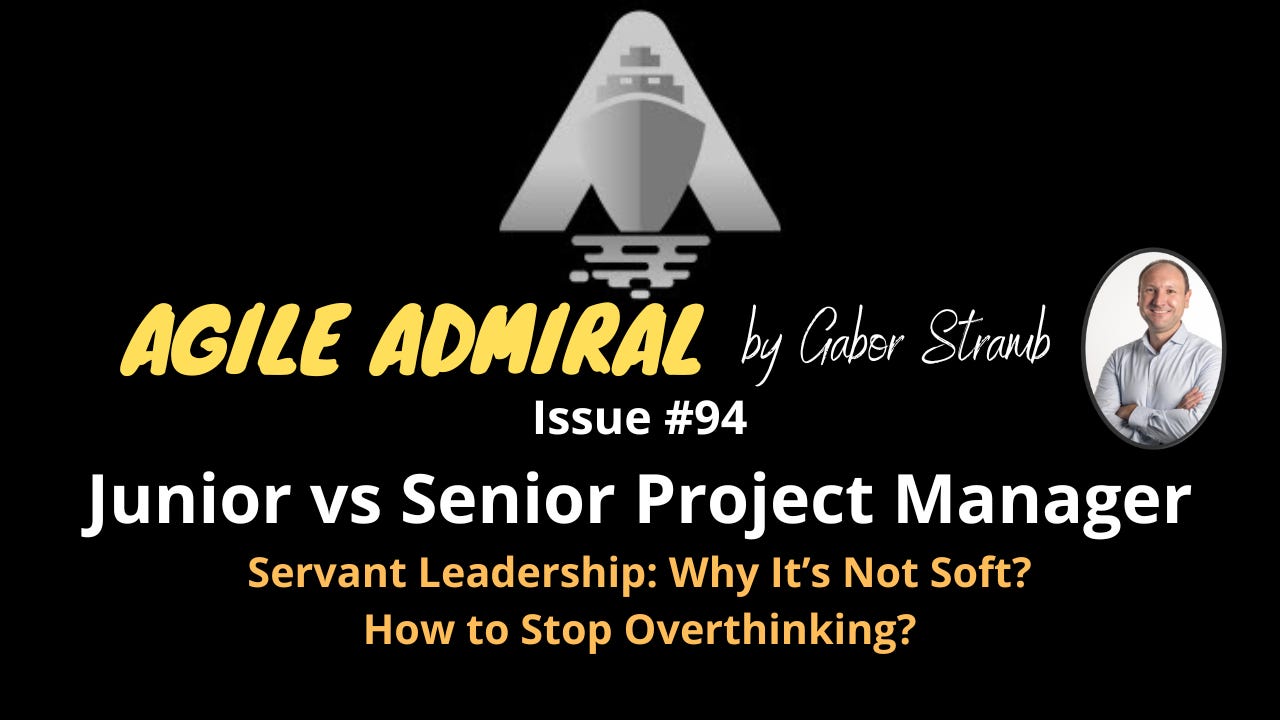
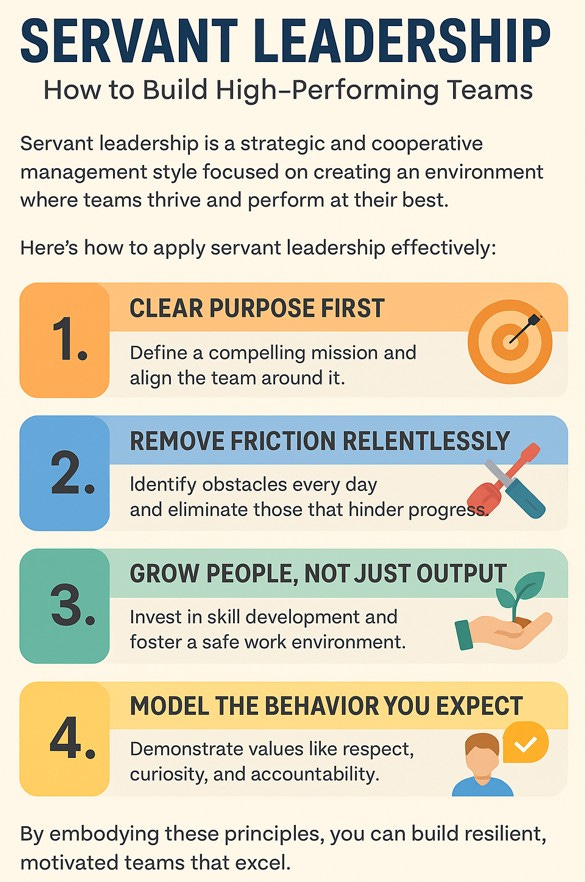
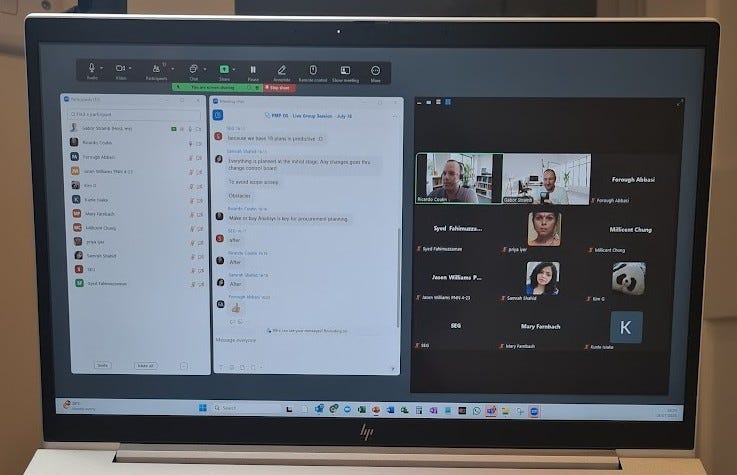

Love the call out on junior vs senior behavior. It's definitely behavior over years.